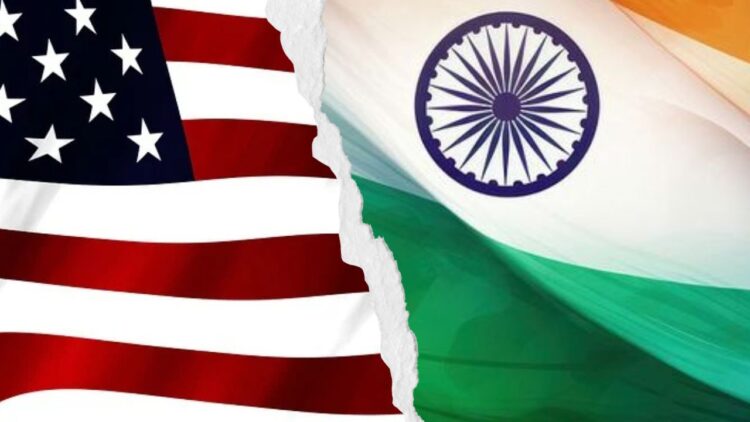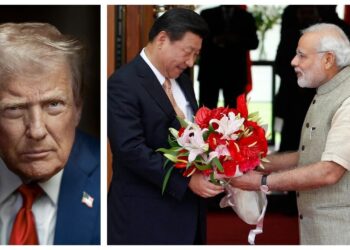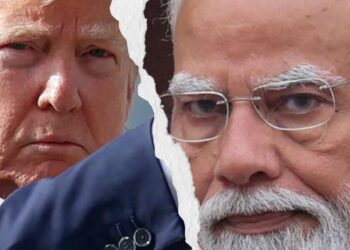New Delhi; India’s export sector is facing a potential crisis after former US President Donald Trump imposed a steep hike in tariffs on Indian goods, citing New Delhi’s ongoing purchase of discounted Russian oil. The decision doubles the existing 25% levy with an additional 25% duty, triggering alarm among Indian exporters who warn the move could severely undercut competitiveness in the US market.
The initial 25% tariff came into effect on Thursday, sending the benchmark Nifty index down 0.31% in early trading. The second phase—another 25% duty—will be enforced within three weeks, compounding fears of an export shock.
India is currently the second-largest buyer of Russian crude, benefiting from lower oil prices while maintaining strong energy ties with Moscow. But Washington sees the trade as indirectly supporting Russia’s war effort in Ukraine. In his executive order, Trump cited this relationship as justification for the new trade penalties.
India’s Ministry of External Affairs condemned the move as “unfair, unjustified, and unreasonable,” with officials warning of adverse consequences for global supply chains and trade norms.
S.C. Ralhan, president of the Federation of Indian Export Organisations (FIEO), said nearly 55% of India’s exports to the US would be impacted. “Many export orders have already been put on hold as international buyers reconsider their sourcing strategies,” he noted.
Ralhan emphasized that the new tariff regime could render many businesses unviable. “With profit margins already razor-thin for small and mid-sized exporters, absorbing a 50% cost burden is just not sustainable,” he said.
India exported $87.4 billion worth of goods to the US in 2024, its largest bilateral trade partner. Analysts say the sharp increase in tariffs could undermine India’s ambitions to position itself as a manufacturing alternative to China.
Shilan Shah of Capital Economics stated that the hike is significant enough to lower India’s GDP growth. “If the extra 25% tariff remains, growth could fall to around 6% from the projected 7% this year and next,” Shah wrote in a note. He added that US consumer spending accounts for about 2.5% of India’s GDP.
The development marks a serious escalation in trade tensions, placing Indian policymakers in a tight spot as they weigh diplomatic responses against the need to shield the economy from further disruption.

























